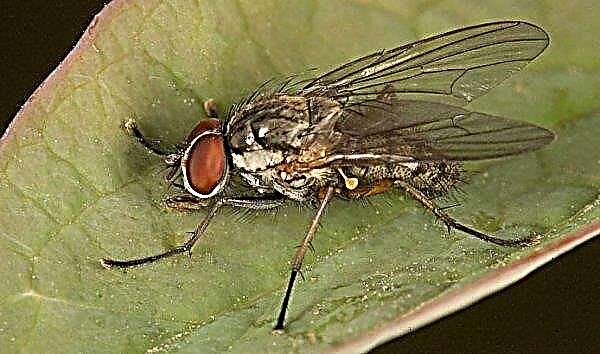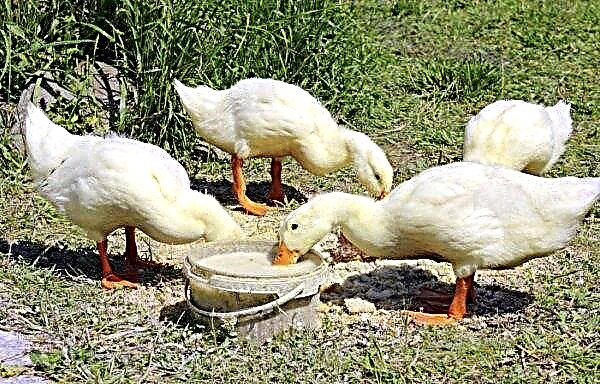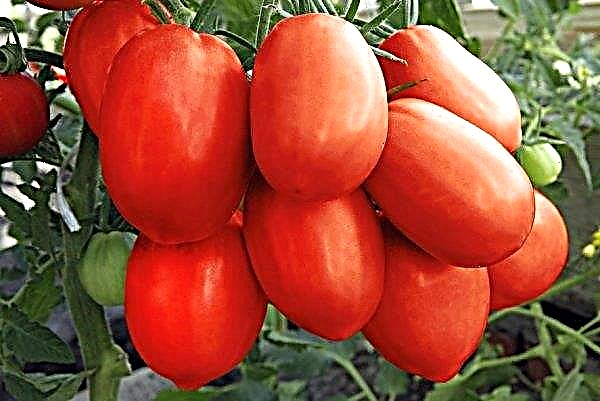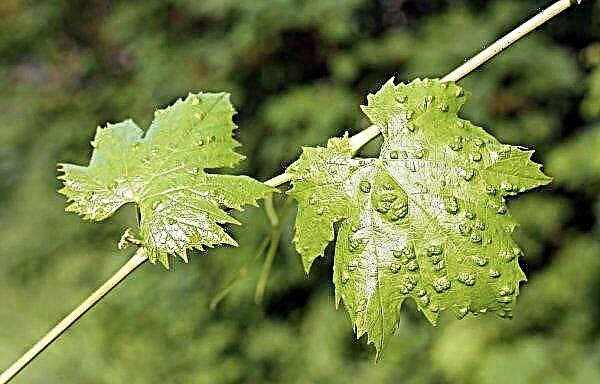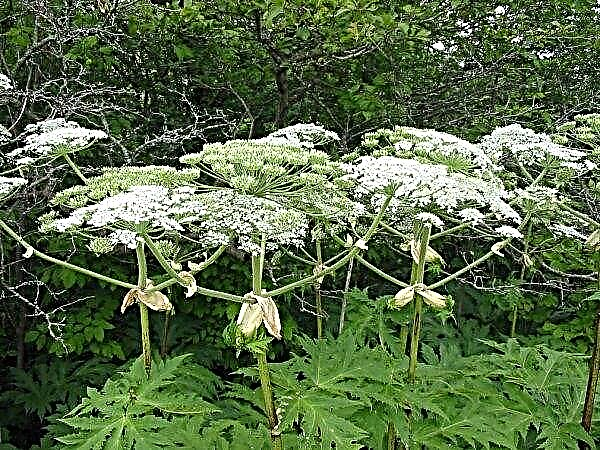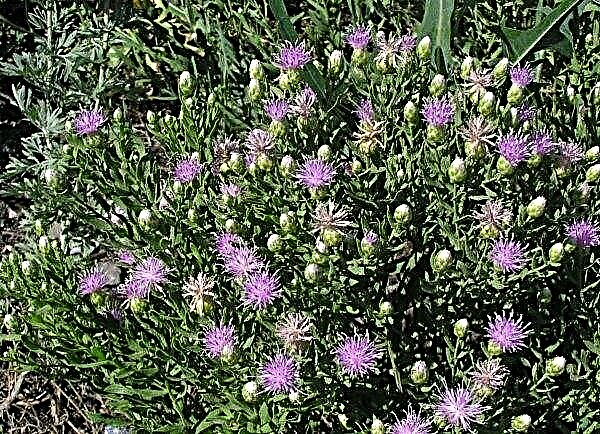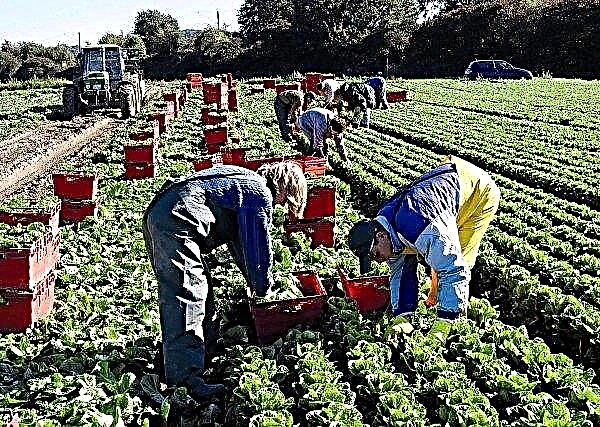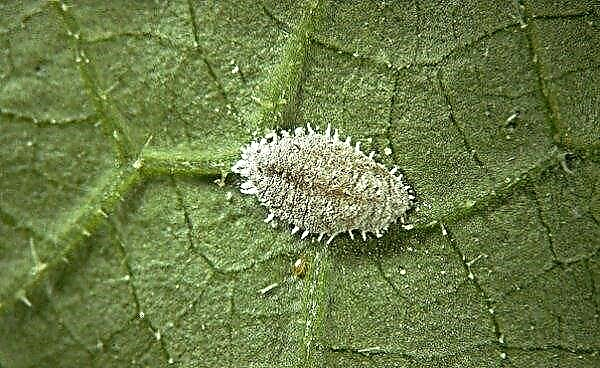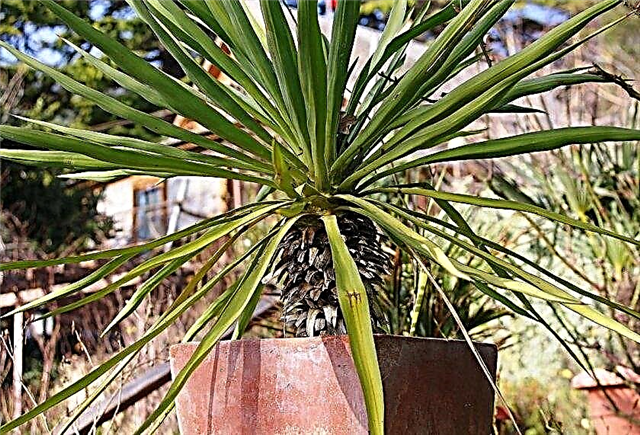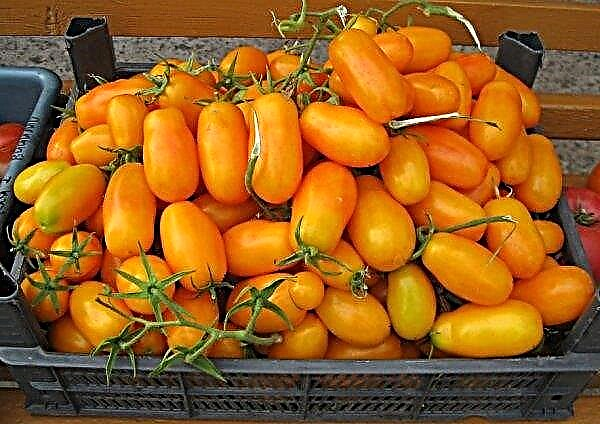Pepper is not too capricious plant, but some problems arise when it is grown. The main nuisance is the dropping of fruit ovaries after flowering. We will talk about this problem, methods of its solution and prevention in the article.
Why peppers fall ovaries in the greenhouse: the main reasons
The reasons for dropping flowers and ovaries can be very different, since the plant is vulnerable precisely at the stage of transition from flowering to the beginning of the formation of fruits.
Plants shed ovaries for the following reasons:Did you know? Sweet pepper is similar to chocolate in that it causes the release of the so-called "hormones of happiness" into the blood — endorphins, however, unlike this sweetness, the vegetable is low-calorie.
- lack of lighting;
- violation of the irrigation regime;
- dry or too wet soil;
- inappropriate soil composition;
- insufficient or completely absent pollination during flowering.

All these factors are extremely important during the vegetation of the plant and the formation of its fruits, so you need to pay attention to all the nuances of the growth of bushes - from seedlings to harvest.
Lack of lighting
Sunlight is as critical a parameter as humidity or soil composition. From the first days after sowing, the seed container should be located on the windowsill on the south or southeast side. Seedlings respond well to high-quality lighting with sunlight and the addition of daylight using artificial sources.
Often seedlings transplanted into the greenhouse soil lose color even under all lighting conditions. This may be due to the fact that a glass, pot or container with seedlings at the very early stage of cultivation did not receive enough sunlight and heat.
Wrong watering mode
The plant is demanding watering during the formation of the fruit - during this period it needs a large amount of moisture.
But you need to moisten the bushes in compliance with some rules:
- watering is done at the root, and best of all - in the groove in the garden or in the box where the plants are planted;
- water is supplied in the morning and evening hours;
- watering too cold or hot water is not allowed.

Watering should not be more often than required, since the roots can get sick from waterlogging. Even if the topsoil looks dry, you need to check the soil moisture beneath it and then decide on the need for the procedure.
Important! Before evening watering, you need to drain a certain amount of water, since during the day it overheats in the pipes and you can burn the plant.
Inappropriate humidity
The ideal air humidity for the plants in question is in the range of 60–70%. At lower or higher rates, flowers and ovaries of pepper fall.

To prevent this from happening, the humidity of the surrounding air is maintained at the required level with the help of upper small-drop watering of bushes. There is also a good reaction to watering (moistening) the beds, rows and paths around the pepper plantations from the garden watering can.
Incorrect soil composition
Another critical parameter that affects the fruit production of pepper is the soil composition in the greenhouse. The plant likes light soils rich in biological fertilizers (humus, bird droppings, diluted manure). Also, nitrogen is an important part of soil and top dressing, which, in verified amounts, has a beneficial effect on the vegetation of the plant and the subsequent formation of fruits.
Important! Nitrogen fertilizers must be applied strictly in accordance with the instructions on their packaging. Lack of substance leads to a significant slowdown in plant development, and excess can lead to the growth of excess stems and thick foliage to the detriment of fruit formation.
Phosphorus and potash fertilizers are also important for the growth of fruits of the correct shape and color. Phosphorus strengthens roots, stems and stimulates the production of a larger crop. Potassium tempers bushes, helping them fight nighttime cold snap.
What to do and how to solve the problem?
The problem is solved quite simply - it is necessary to limit the influence of negative factors. Even at the stage of growing seedlings, it is worth taking care of the correct lighting of the greenhouse, suitable air humidity and soil composition.

They begin to take care of the soil even before planting the bushes from the seedling containers - you need to make all the recommended top dressings, prepare for the watering regime and make sure that there is no excessive moisture or drying out.
In addition to lighting the greenhouse, it is important to equip its ventilation. This process should be balanced - without cold and sharp drafts, and also without air stagnation. In the first case, the plant may become ill, and in the second there will be no pollination and self-pollination. Also, in the evening hours, you can help the bushes pollinate - for this, a dry and clean cotton swab or soft brush is used.
Did you know? Individual fruitful varieties of pepper can form up to 100 flowers on one bush. In this case, excess flowers showered for natural reasons - the plant is physically unable to grow all the formed ovaries.
How to prevent ovary falling in the greenhouse?
Falling of flowers can be prevented by various agrotechnical methods - both with the use of chemical agents and without them.
Here are some preventative methods:
- watering with warm soft water in the evening hours - well-maintained for a day;
- protection of crops from sudden changes between night and day temperatures - adjust the performance of opening / closing doors and windows of the greenhouse;
- checking the bushes for the appearance of larvae or adult pests on them;
- removal of the first 2–4 flowers, which are usually empty, - the plant will direct the main forces to the formation of new ovaries;
- treatment of flowering bushes with top dressings "Uniflor-bud" and "HB-101" - together they contribute to the formation of healthy flowers and ovaries, as well as their qualitative formation.

Pepper bushes should be in conditions as close as possible to ideal for this type of plant, which ultimately will bring results in the form of a large crop, compensating for all the difficulties of growing.

